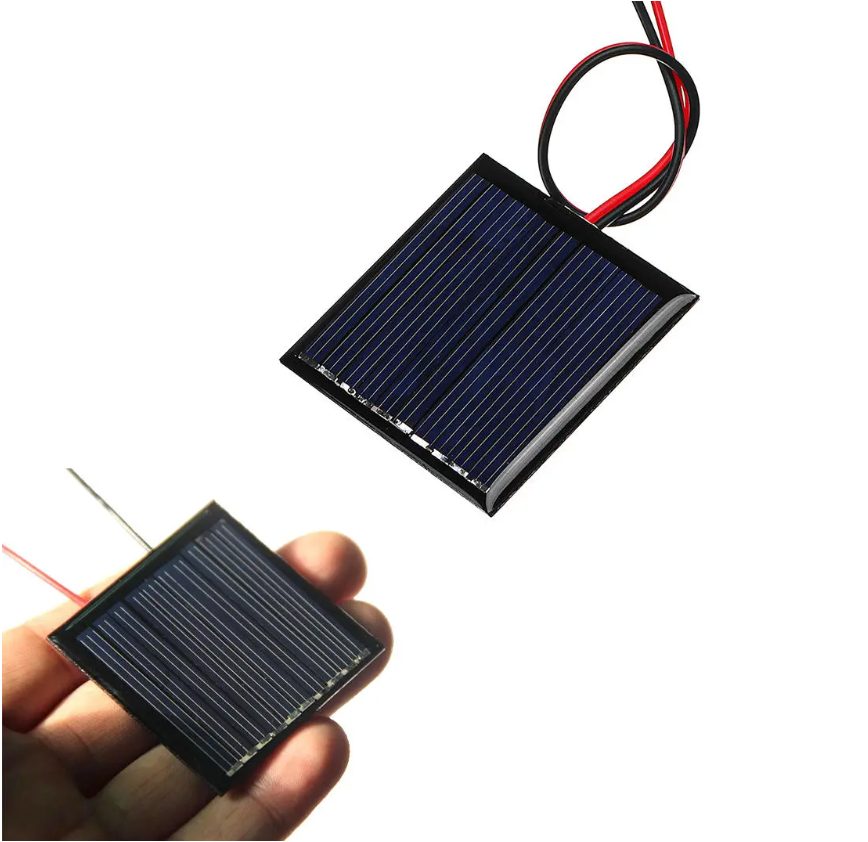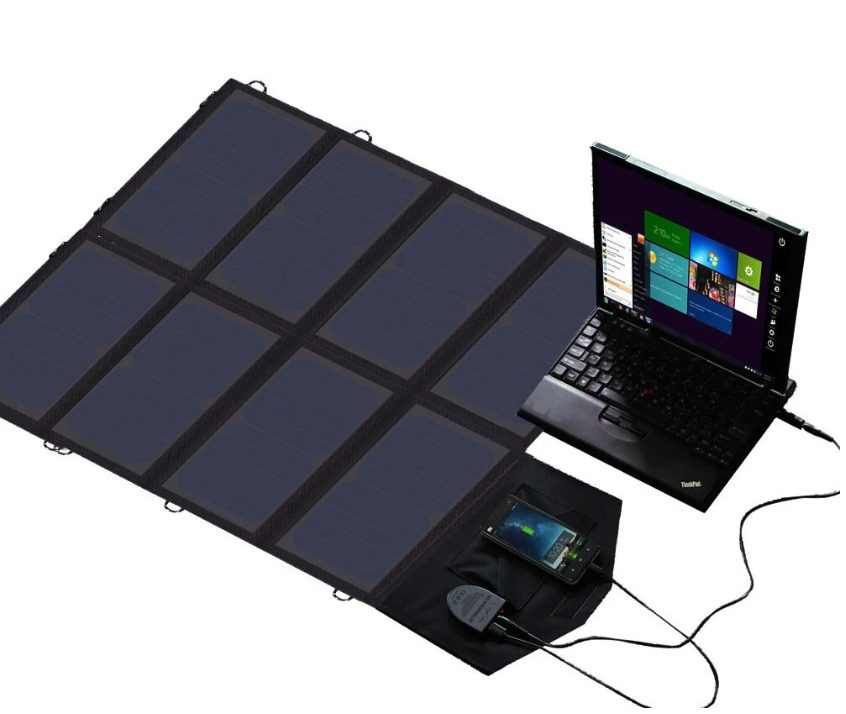Table of Contents
ToggleDoing it yourself (DIY) is usually a cheaper option for many things. But what about DIY solar panels for home use? Is it really cheaper to DIY than to engage a professional solar installer?
In most cases, this is true. Solar panel installations can cost from $2,000 to $5,000 in the United States; more when the solar power system is bigger.
Other questions may arise such as, where to buy solar panels and how to install solar panels by yourself.
In this article, we address all these and more, as well as all the possible considerations you need to make before deciding to choose the DIY route.


Considerations before buying DIY solar kits for home use
-
What are your state’s laws regarding home solar installations?
Every country and each state in a country may have different laws or regulations which you must follow. For instance, would you need a permit? Not doing so will get you into a bind later on.
DIY installation is allowed in the USA but not in Australia. In some countries or states, self installation can void the warranty of a solar power system or it may be deemed illegal.
Check what kind of paperwork is involved if you install a solar power system yourself. Do you have the time to handle all the administrative work and paperwork?
-
What are the state and Federal tax incentives for going solar?
These can help you save more money. Here are a few sources so you can do due diligence:
- United States – Database of State Incentives for Renewables & Efficiency (DSIRE) offers an up-to-date, comprehensive listing of renewable energy rebates, tax breaks, and other financial incentives available in any area of the USA
- United Kingdom – Smart Export Guarantee (SEG) and reduced VAT for energy-saving products
- Canada – solar tax credits, incentives and rebates
- Australia – solar rebates from the federal and state governments
-
How much electricity do you need for your home?
You need to calculate the minimum and maximum range of electricity consumed by your home on a daily basis. From there, you would know the size of the solar power system needed.
Free online tools are available to help you with this. Use the Power Consumption Calculator to tabulate the energy usage of your whole house. To gauge the size of the solar power system based on your location, position of your house and angle of your roof, use PV Watts.
-
How do you plan to use the solar power system?
Do you want to go entirely off-grid or stay grid-tied? If your daily electricity consumption is huge, it would end up being too costly to go completely off-grid (solar batteries are very costly). In this instance, it may make more sense to stay grid-tied and only use the solar panels during the day. Alternatively, cycle your batteries properly when your energy needs vary. Learn about the different types of solar power systems.
-
How much will your solar power system cost?
After answering the 2 questions before this, compute the cost of a solar power system that you need. Don’t forget to include any additional costs involved, like hiring an electrician. Then, calculate the estimated payback period for solar and compare that prorated cost to your monthly electricity bill. DIY solar power systems can save you thousands but this doesn’t come with risks.
-
Is there a leasing structure for solar power systems in your country?
It is worth exploring whether there is such a thing in your country. Is it cheaper than DIY solar panels? If your plan is to save money, this might be a better option.
-
Are you willing to take the risks involved in DIY solar installation?
These include:
- Electrocution
- Faulty circuits
- Falling from the roof
- Roof damage and leaks
- Solar power system doesn’t work properly
A solution to this is to purchase a DIY solar kit then engage an electrician to do all the wiring connections. Check whether your utility company allows you to connect your system to the grid without a sign-off from a certified electrician.
However, the utility company won’t be involved if it is an off-grid solar power system. For installations on the roof, hire an engineer or solar installation company. Bear in mind a DIY solar panel installation might void the warranty of your roof, so you’ll have to foot the bill for any repairs that may be needed.
-
Check your local utility company’s regulations regarding Feed-in Tariffs
Can you sell tax credits from your DIY solar power system back to the utility company? If this isn’t your plan, then you are good to go.
-
Do you have the time to invest in DIY solar installation?
The entire process can take between one to four months from planning to installation.
Where to buy DIY solar panels?
These are mostly available through online sales platforms such as wholesale resellers and Amazon. Naturally, such sources do not offer installation services.
When you search online, you’ll find DIY solar panels and DIY solar panel kits for home use. DIY solar panels usually consist of only the panels and nothing else.
A DIY solar panel kit usually comes in a package that includes solar panels, cables, charge controller, solar inverter and mount brackets. Some packages come with solar batteries, gang switchers, different types of connectors and other components.
The number of components needed depends on the type of solar power system you’re installing. If you’re connecting to the grid, you’ll also need:
- A PV Disconnect that allows you to power off your system for maintenance and repairs
- An Electrical Panel or Breaker Box which determines how the solar energy you gather connects to your establishment
- A Net Meter to connect your home to the grid and monitor the amount of power in and out of your house
- A conduit that carries wires from the roof junction box to the external junction box
- An external junction box which is a safety feature for shutting off the solar power system
- A weatherproof emergency disconnect box that allows easy connection to the home’s main electrical panel
Steps to DIY solar panels
So you’ve done all the necessary regulatory groundwork and paperwork, figured out your home energy consumption, compared costs for various installation options (professional installer vs lease installation vs DIY), chosen the most suitable type of solar power system (off-grid, grid-tied or hybrid), and addressed how to alleviate all potential risks.
Here are the rest of the steps to make DIY solar installation a reality for your home.
-
Plan your home solar power system
Design it according to your needs using the tools given in the first section of this article. When doing so, take into account the climate specific to your area. For example, wind and snow loads.
Also consider different consumption rates for different seasons. For example, more electricity might be needed for heating in the winter or for air-conditioning in hot summers.
-
Decide where to install them
Choose the optimal spot for solar energy production. It may be on your lawn, on your roof or your balcony. Avoid spots shaded by trees, as this will reduce the effectiveness of your solar power system.
If you’re putting it on the roof, consider the type of roof you have. Is it flat or gabled? What material is it made from – metal, shingles, slate, tiles, concrete? The type of material may require consultation with a roofing or PV installation professional.
-
Create an electrical diagram
This is usually a required part of your permit applications. An electrical diagram serves as a blueprint when you physically install your panels. It will also help you plan where to place all your cables and how to delegate your solar power to the necessary electrical outlets.
-
Choose the type of solar panel
There are several types of solar panels. Some are more efficient than others, and some are cheaper. All of them have an average life span of 25 years but crystalline silicon solar panels can last up to 40 years.
Monocrystalline and polycrystalline solar panels are normally used for permanent homes. These are rigid, suitable for flat surfaces and are more efficient than thin-film solar panels. However, they are also more expensive.
-
Buy your equipment
The easiest way is to purchase a complete DIY solar panel kit that includes all the components needed for your system. Check for product reviews before buying. Try to buy from reputable brands which come with long warranties and great after-sales support.
-
Install your solar power system
Photovoltaic systems are dangerous and potentially deadly as you’re dealing with electricity. Pay special attention to safety. If you are unsure at any point of the installation, get experienced and qualified assistance. Adhere to all requirements in the local building and electrical codes, and equipment instruction manuals.
Don’t forget to connect a grounding wire across the rails of the system. This will help to dissipate any anomalies caused by a lightning strike.
-
Meet all local inspection requirements
Have the relevant authorities check that your system is compliant with local ordinances and codes. Once you have passed the inspections, notify your utility company to request permission to turn on your solar system and connect to the grid.
DIY solar panels Pros
There are numerous reasons to installing your own solar panels:
- You save money – Do it yourself solar panel kits can save you large installation costs. In the US, you would be able to save up to USD$5000 and even more for large solar installations. The amount of savings will depend on the area where you live.
- You can have it running quickly – this is an advantage for people who have seasonal properties and do not need a complex system. Remember to make sure that the solar panel kit has a proper warranty.
- You will learn how to troubleshoot issues that may arise with solar panels. It’s a life skill that you can learn and pass on.
- There are endless possible locations – You get to choose where you want to install the panels: a solar powered barn or garage, on your RV, your boat or maybe just for your toilet.
DIY solar panels cons
- There are several disadvantages that should also be considered when it comes to do it yourself solar panel installations:
- There is a risk of electrocution, falling from heights and damage to your roof/home.
- You will need to do some research to know the best place to install solar panels. This is especially if you do not have a mount that rotates.
- You may end up with poor quality panels if you purchase online or at your local department store. This is ok if you’re not expecting the panels to last for 30 years.
- You will need some basic engineering knowledge for wiring up the system.
- If you have high energy needs, then you will most likely need a more complex system. A DIY system might not be able to support the energy consumption of your household. Hiring a professional to help might be beneficial.
- Because you’re DIY-ing, you will not be able to connect to any electricity grid companies. This means you won’t earn passive income by selling your unused energy nor benefit from tax credits.
- You will have to check with your local council or authorities and file the necessary paperwork. While solar panel companies are used to this, you will probably have to do some research before getting started.
Are DIY solar panels worth it?
DIY solar panels can be worth it if you do it right. It is likely that you will save money especially for small projects. However, professional expertise might be needed for bigger projects that need electricity plans.
Whether you decide to DIY the solar panel installation or pay someone to do it, make sure that you purchase your panels from a reputable company. You should also get a quote to determine whether it’s worth risking a DIY installation. If you’re not a very ‘handy’ person, then spending the extra money to get it done right might be more worth it.
Conclusion
Are DIY solar panels worth it? Yes, if you want to save some money and have the time to do all that is necessary. But if you don’t have the time or passion, it’s best to leave it to the professionals.





